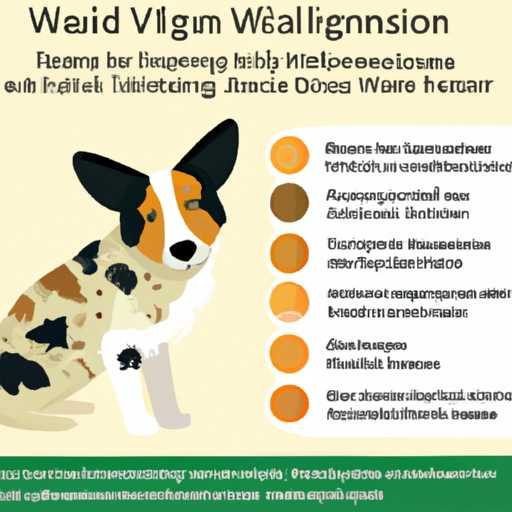Understanding Vitiligo
Vitiligo is a skin condition that is often misunderstood. It’s a non-threatening disorder that causes a loss of pigment in certain areas of a dog’s skin, leading to irregular white patches. Your dog’s coat might start to look like a puzzle with pieces missing. Interestingly, it’s the melanocytes, cells responsible for producing melanin, that stop working correctly. But why does this happen?
The exact cause is still uncertain, but it’s generally believed to be an autoimmune response where the dog’s body attacks its own cells. It’s crucial to understand that while the condition might change your dog’s appearance, it doesn’t affect their health or quality of life.
Symptoms to Look Out For
Identifying vitiligo in dogs can be challenging, especially in the early stages. The changes can be subtle and gradual. Here are some signs you should look out for:
- Loss of pigment around the nose, eyes or mouth
- White patches on the skin or coat
- Changes in the color of the footpads or nose
Remember, these symptoms can also be signs of other health issues, so it’s important to consult with your vet if you notice any changes in your dog’s appearance.
Breeds Most Susceptible to Vitiligo
While any dog can develop vitiligo, some breeds are more prone to it than others. Here are the top five breeds most susceptible:
| Breed | Susceptibility |
|---|---|
| German Shepherds | High |
| Rottweilers | Medium |
| Dachshunds | Medium |
| Doberman Pinschers | Low |
| Siberian Huskies | Low |
Managing Vitiligo in Dogs
Managing vitiligo involves a two-pronged approach: medical management and emotional support.
Medical Management: While there’s no known cure for vitiligo, some treatments may help restore some pigment. Creams and oral medications might be prescribed by your vet. However, these are not always effective and the condition might reoccur.
Emotional Support: Dogs with vitiligo need emotional support. They can become self-conscious about their appearance, so it’s important to shower them with love and attention. Keep their routine as normal as possible to help them feel secure.
FAQ
Q: Can vitiligo in dogs be cured?
A: Currently, there’s no known cure for vitiligo in dogs. However, some treatments may help restore some pigment.
Q: Is vitiligo in dogs painful?
A: No, vitiligo doesn’t cause any physical discomfort or pain. It’s purely a cosmetic issue.
Q: Can my other dogs catch vitiligo?
A: No, vitiligo is not contagious. It’s a genetic condition that can’t be transferred from one dog to another.
Remember, every dog is unique and beautiful in their own way. Even if your dog develops vitiligo, they’re still the same lovable, loyal friend they’ve always been.



